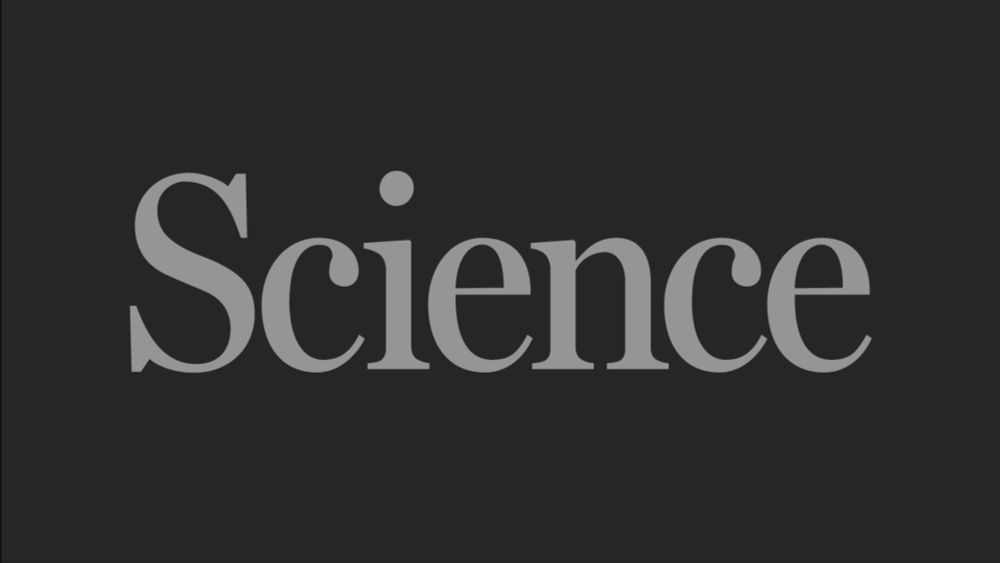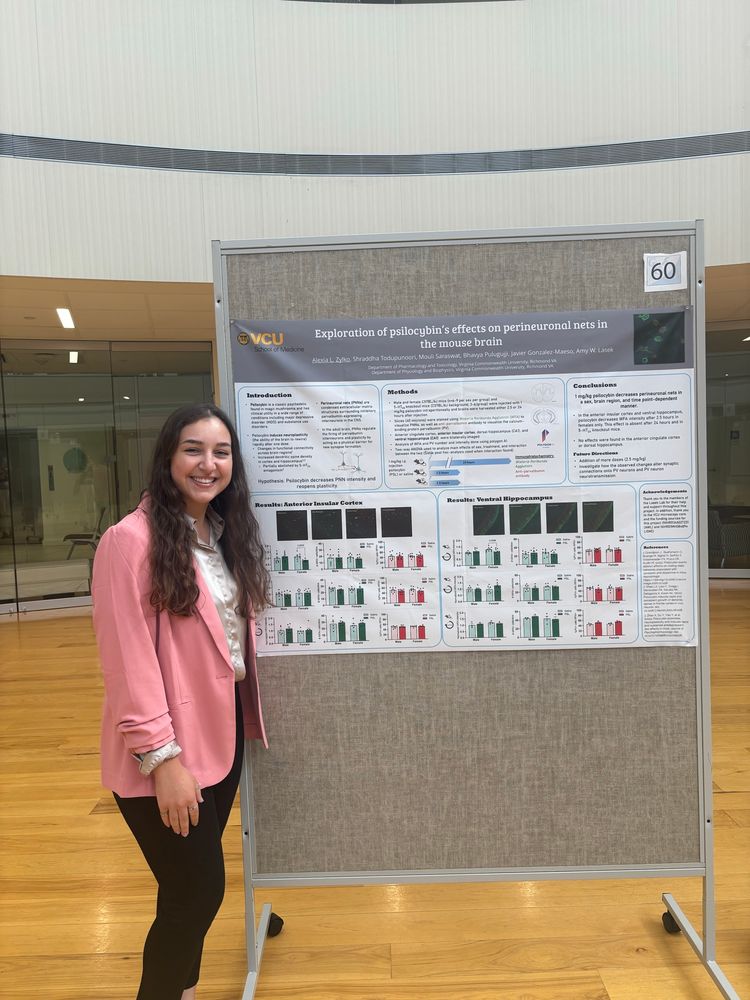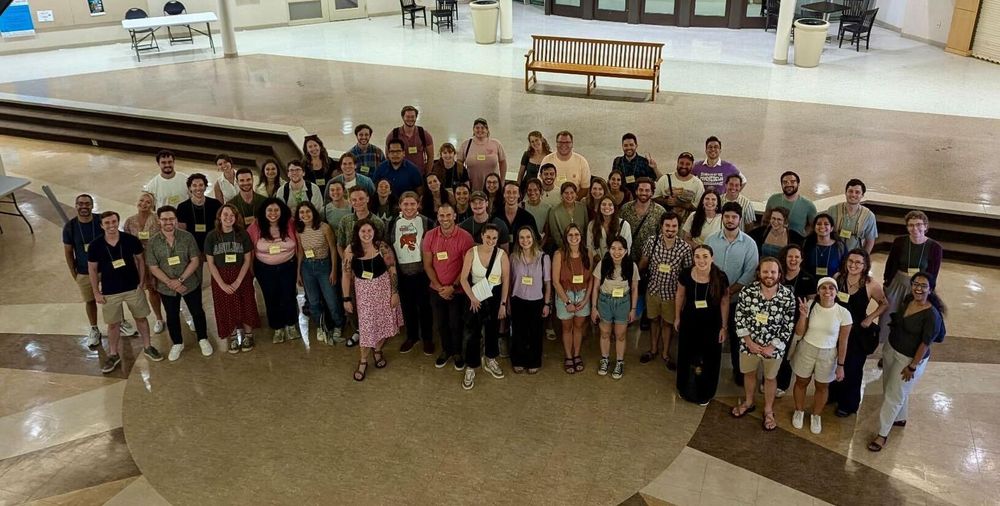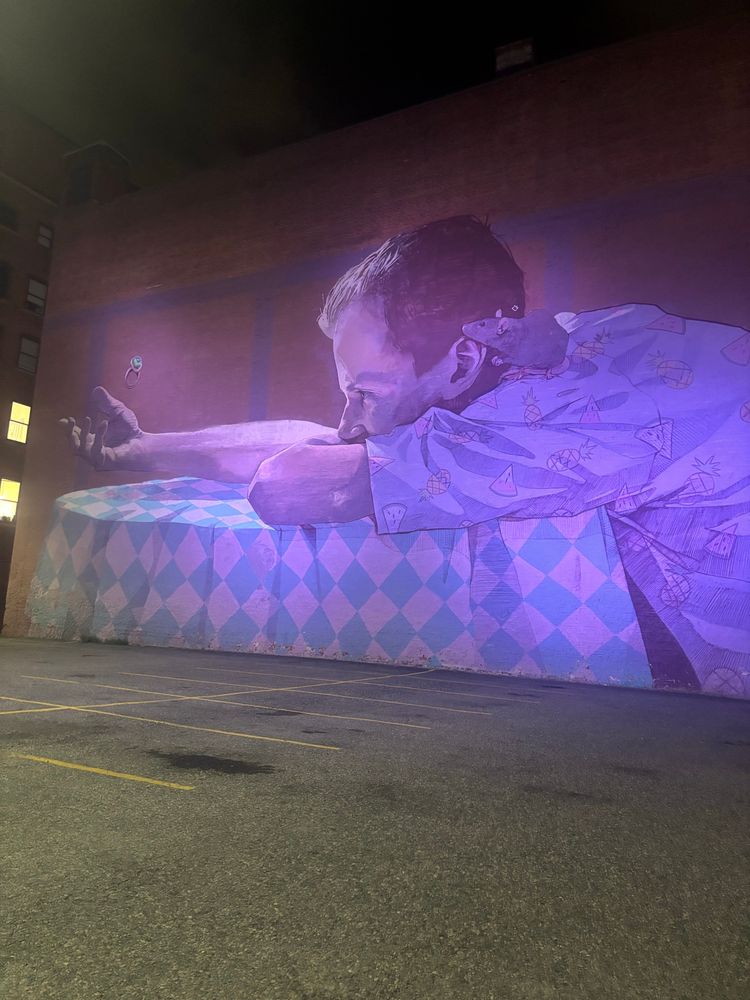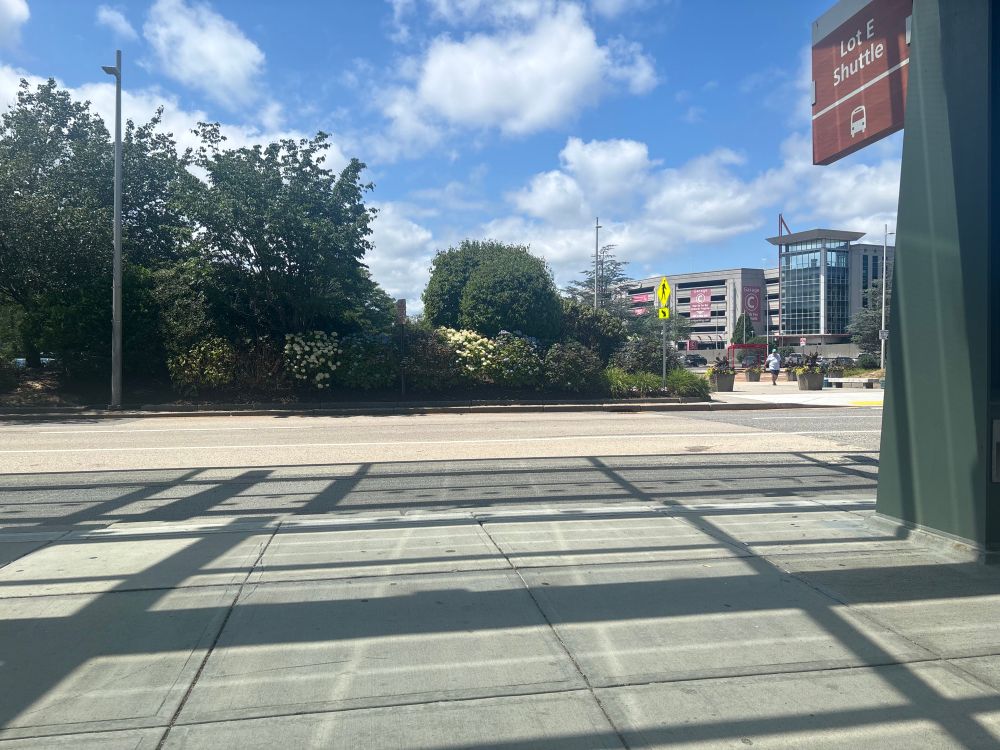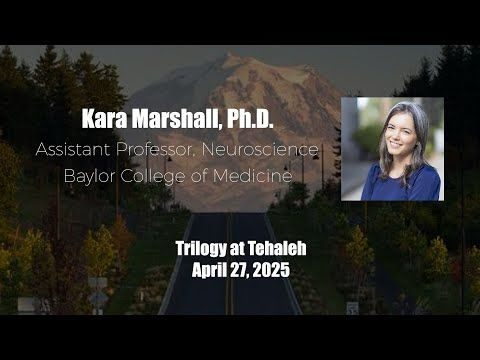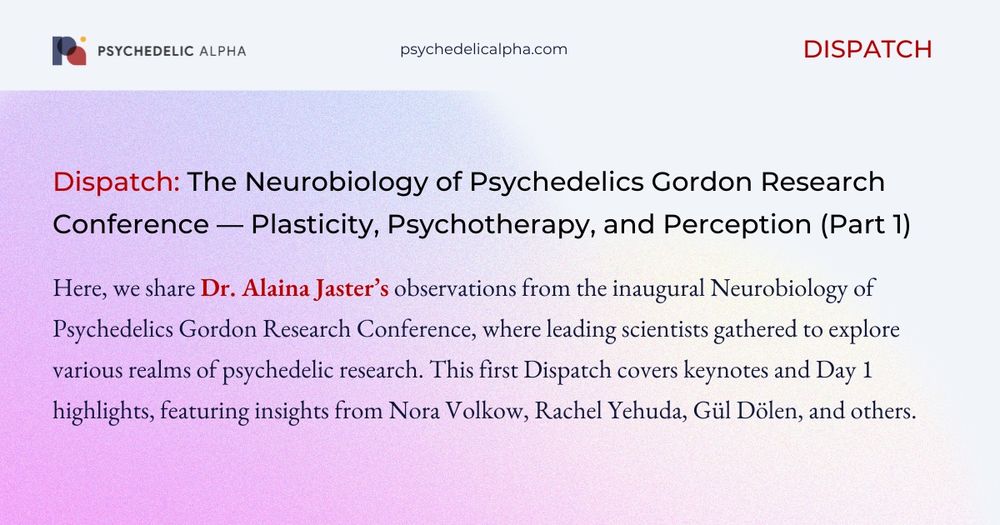Most definitely, I look forward to your images on Fridays!
08.08.2025 15:51 — 👍 2 🔁 0 💬 0 📌 0
Thank you! We try hard to get it right.
07.08.2025 19:05 — 👍 1 🔁 0 💬 0 📌 0
Thank you - this work definitely got us thinking more about drug action at the network scale.
07.08.2025 15:21 — 👍 1 🔁 0 💬 0 📌 0
For sure - the platform for the viral tracing and whole-brain imaging can be readily applied to other drugs.
I would love to know also how this compares with ketamine, other psychedelics, and related drugs.
07.08.2025 15:18 — 👍 1 🔁 0 💬 2 📌 0
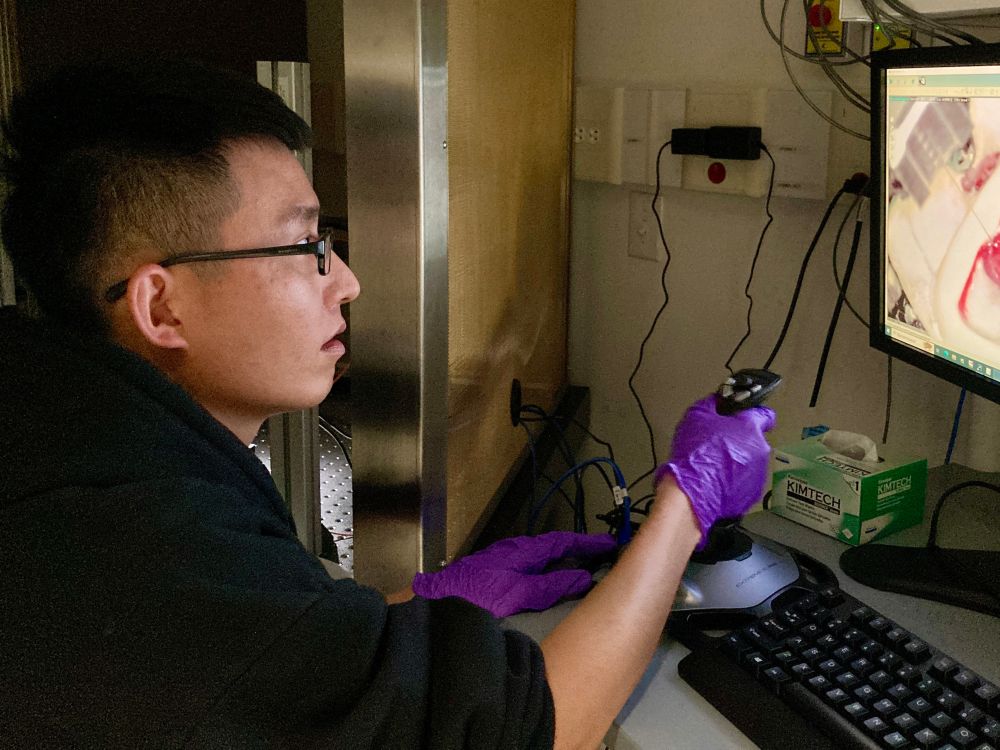
Quan Jiang
This was a team effort spearheaded by Quan Jiang.
With help from collaborators at UC Irvine, CUHK 🇭🇰, and @alleninstitute.org, and support from @onemindorg.bsky.social and NIMH.
12/12
07.08.2025 15:00 — 👍 3 🔁 0 💬 2 📌 0

Activity modulation can steer the drug-induced plasticity.
2) We demonstrate that neural activity modulation may be a promising approach to sculpt the psychedelic-evoked neural plasticity.
11/12
07.08.2025 14:58 — 👍 3 🔁 0 💬 1 📌 0
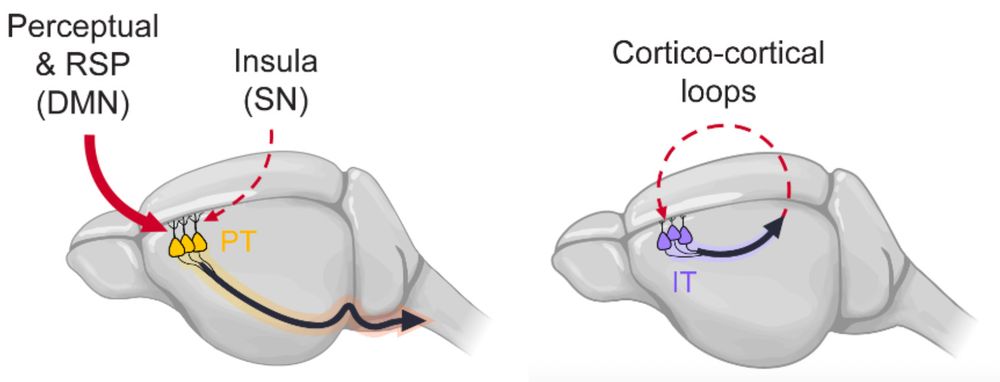
Network connectivity changes after psilocybin administration.
Two main conclusions:
1) Psilocybin induces network-specific plasticity.
There was strengthened routing of inputs from RSP (mouse homolog of default mode network) and perceptual regions to subcortical targets. Meanwhile, inputs that are part of cortico-cortical loops were weakened.
10/12
07.08.2025 14:58 — 👍 4 🔁 1 💬 1 📌 0
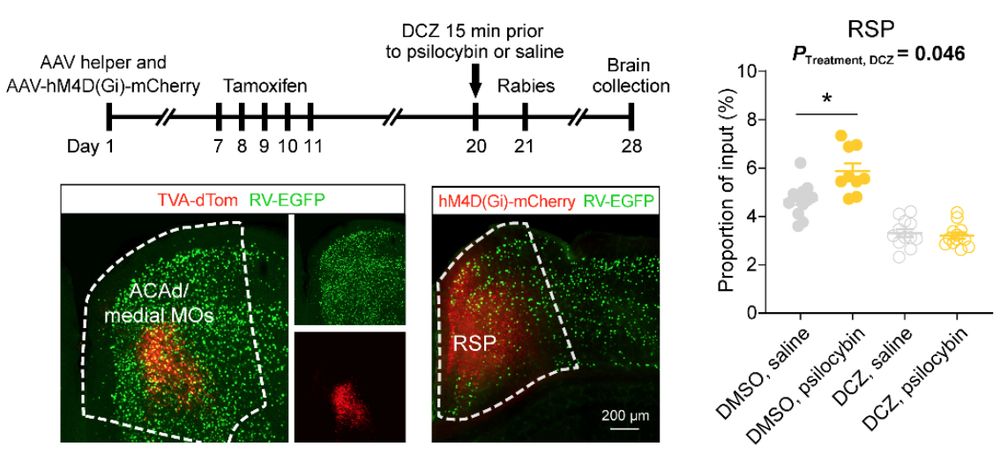
Chemogenetic inactivation can change psilocybin-induced plasticity
If neural activity influences whether a region undergoes remodeling after psilocybin treatment, can we causally manipulate this plasticity?
We show this is possible - chemogenetic silencing of RSP disrupted psilocybin’s ability to strengthen those inputs.
9/12
07.08.2025 14:57 — 👍 4 🔁 0 💬 1 📌 0

Neuropixels recording of frontal cortex-projecting RSP neurons.
To investigate this possibility, we focused on one presynaptic region – the retrosplenial cortex (RSP).
Neuropixels recording confirms that indeed RSP neurons that project to frontal cortex fire more in response to psilocybin.
8/12
07.08.2025 14:56 — 👍 3 🔁 0 💬 1 📌 0

Relating c-Fos signals to rabies tracing results.
What drives this pattern of psilocybin-induced circuit remodeling?
One clue came from whole-brain c-Fos mapping, which correlated well with the input changes, suggesting neural activity in the presynaptic regions may play a role.
7/12
07.08.2025 14:56 — 👍 3 🔁 0 💬 1 📌 0
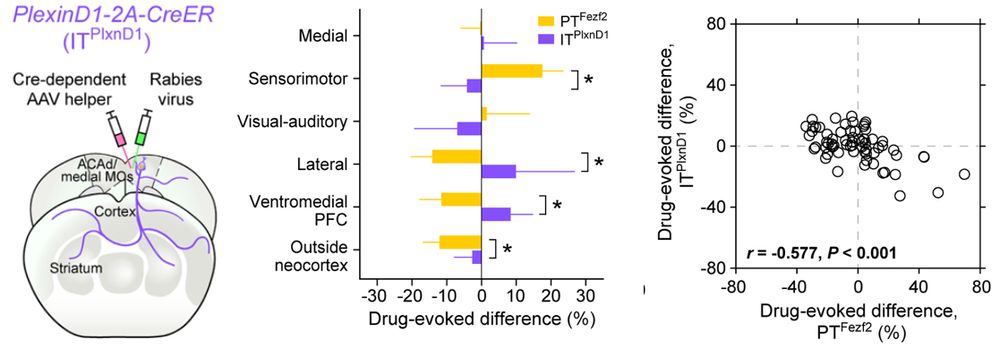
Tracing psilocybin's effect on inputs to frontal cortical neurons
We also traced from IT pyramidal cells, which interestingly have opposing changes in input fraction after psilocybin. What were strengthened for PT tend to be weakened for IT, and vice versa.
6/12
07.08.2025 14:55 — 👍 3 🔁 0 💬 1 📌 0
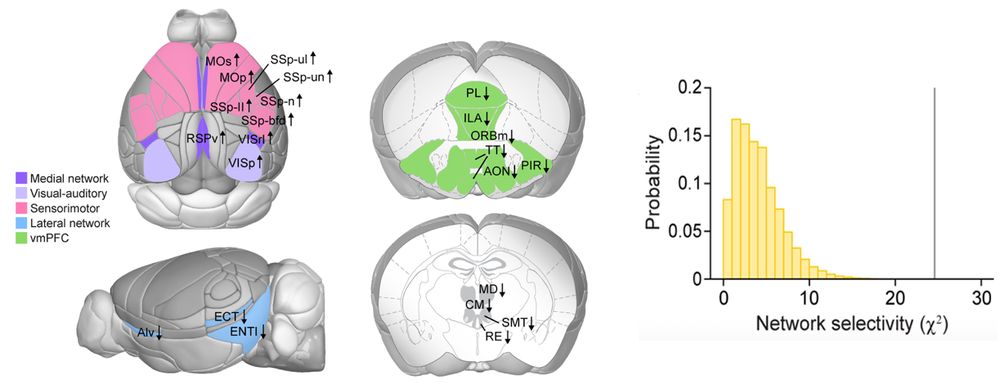
Tracing psilocybin's effect on inputs to frontal cortical neurons
The regions were not random though, increased inputs came from regions belonging to specific cortical networks, while decreases were inputs originating from other networks.
5/12
07.08.2025 14:55 — 👍 4 🔁 0 💬 1 📌 0

Tracing psilocybin's effect on inputs to frontal cortical neurons
Our initial hypothesis was that psilocybin may boost inputs from one or few regions. We would identify those key regions…
Surprisingly, tracing from PT pyramidal cells, our results show more widespread changes with inputs from many regions altered after psilocybin administration.
4/12
07.08.2025 14:54 — 👍 4 🔁 1 💬 1 📌 0
We would inject psilocybin or saline, then used monosynaptic rabies viruses to trace the input cells to the frontal cortical pyramidal neurons.
The whole-brain images were beautiful!
🔴 starter cells. 🟢 input cells.
(early #FluorescenceFriday - my favoriate hashtag)
07.08.2025 14:53 — 👍 12 🔁 2 💬 1 📌 1

Figure in a grant proposal to One Mind
The idea was to find circuits that are altered by #psychedelics, going beyond simply an increase of dendritic spines.
In the grant proposal, this figure was exactly how I pitched to @onemindorg.bsky.social, who believed in the vision and provided the critical early support for the project.
2/12
07.08.2025 14:52 — 👍 7 🔁 0 💬 1 📌 0

Summary figure for study of psilocybin's effect on cortical network connectivity.
New preprint + thread 🧵
#Psychedelics induce the formation of new synapses, but where do they connect?
Our rabies tracing study reveals that #psilocybin shifts connectivity across specific cortical networks.
www.biorxiv.org/content/10.1...
1/12
07.08.2025 14:49 — 👍 69 🔁 26 💬 2 📌 2
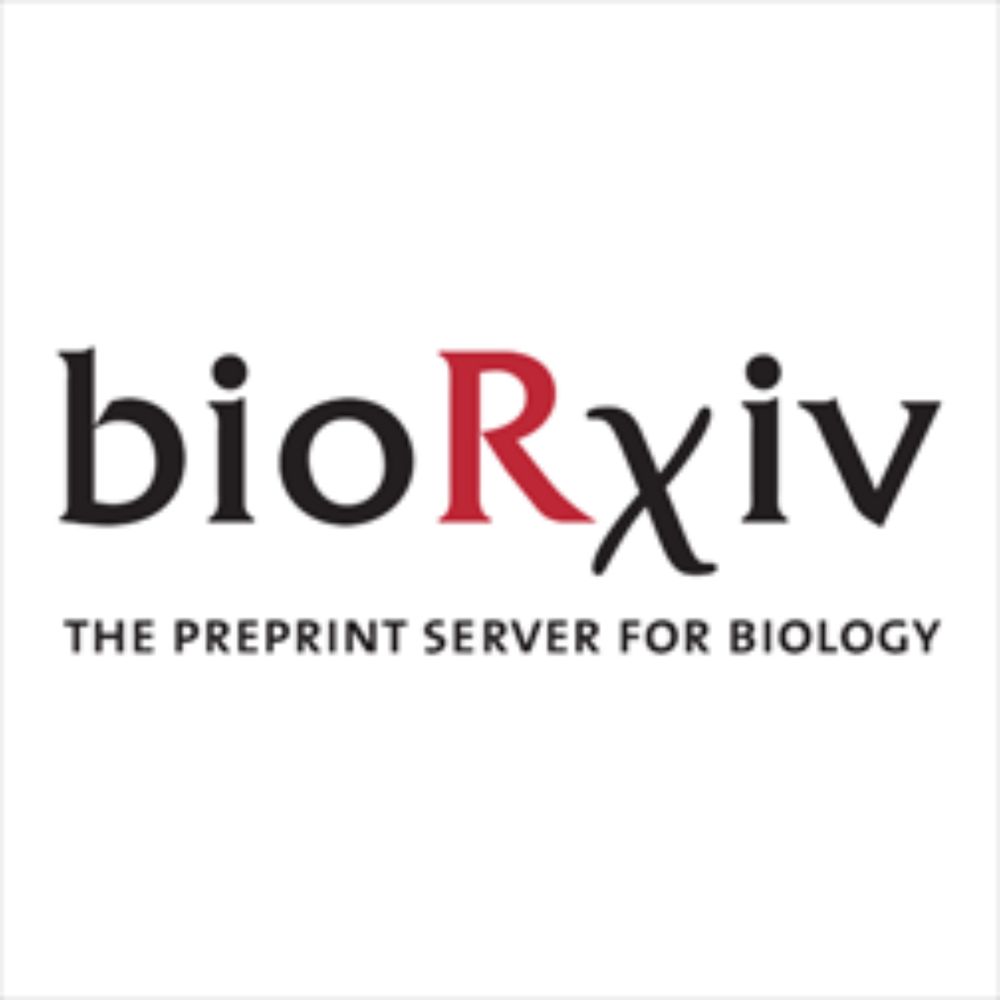
Serotonin drives choice-independent reconfiguration of distributed neural activity
Serotonin (5-HT) is a central neuromodulator which is implicated in, amongst other functions, cognitive flexibility. 5-HT is released from the dorsal raphe nucleus (DRN) throughout nearly the entire f...
🚨Pre-print alert🚨
We stimulated serotonin with optogenetics while doing large-scale Neuropixel recordings across the mouse brain. We found strong widespread modulation of neural activity, but no effect on the choices of the mouse 🐭
How is this possible? Strap in! (1/9) 👇🧵
doi.org/10.1101/2025...
05.08.2025 12:32 — 👍 85 🔁 35 💬 3 📌 1
5
Concatenating primate brains based solely on their size provides a 1st striking illustration of the importance of mechanical morphogenesis: despite jumping across far branches of the phylogenetic tree, the sequence is largely continuous, hinting at a common underlying organising principle.
27.07.2025 17:33 — 👍 72 🔁 12 💬 2 📌 2
New preprint from collaboration with @sn-lab.bsky.social - 2p imaging of psilocybin's effects on neurovascular coupling 🧠🔬
We found that psilocybin prolongs the neurovascular response, independent of neural activity.
This would affect how we should interpret fMRI BOLD studies of psychedelics ‼️
01.08.2025 17:30 — 👍 36 🔁 10 💬 3 📌 1

Reply by Levine in 1967.
It appears to be their only paper on psychedelics.
There was a reply in the same year, suggesting nothing special about the blue color. The sample probably has psilocin as well. Similar to how psilocybe mushroom turns blue - here the brain tissue provides the enzymes needed for the blue to emerge.
28.07.2025 14:16 — 👍 4 🔁 0 💬 0 📌 0
Neurobiology and Behavior Celebrating 50 Years
Richard (Dick) O’Brien was a biochemist, and one of the people instrumental in creating the Department of Neurobiology and Behavior (NBB) at Cornell a few years earlier in 1964.
In this psilocybin paper, he proudly noted his NBB affiliation.
static.as.cornell.edu/150/nbb.html
28.07.2025 14:12 — 👍 3 🔁 0 💬 1 📌 0

Abstract for Gilmour and O'Brien, 1967
Gilmour and O’Brien mixed psilocybin with brain tissues enriched in synapses and mitochondria, they saw the mixture turned blue.
The paper was one of the earliest attempts to understand how a psychedelic interacts with the brain at a biochemical level.
28.07.2025 14:11 — 👍 1 🔁 0 💬 1 📌 0
YouTube video by Steve Lawson
Kara Marshall PHD-History of Science in America - Trilogy at Tehaleh 04/27/25
Watched @karalmarshall.bsky.social gave a similar talk and she had some great slides
26.07.2025 20:32 — 👍 8 🔁 1 💬 1 📌 0
I fully agree with this take. People get hung up on what the head-twitch response is or is not as a behavior.
It’s more useful to think of head-twitch response as a drug development tool.
26.07.2025 16:48 — 👍 9 🔁 2 💬 1 📌 0
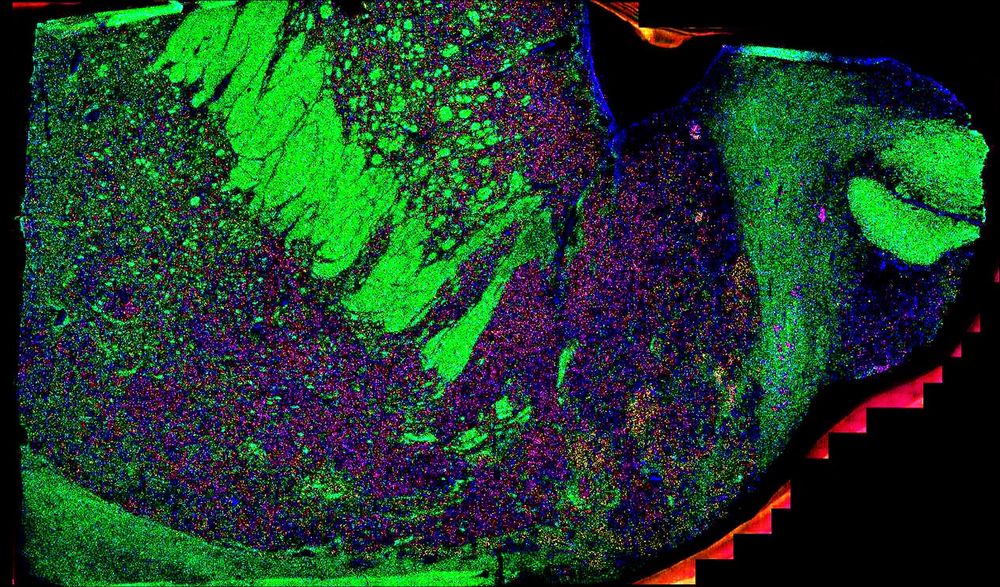
RNAscope with probes for white matter (green) and relevant cell type markers in the striatum (magenta) in tissue section of human brain at the level of the ventral striatum
smFISH to validate anatomical level and localize nucleus accumbens for molecular profiling experiments in tissue sections of the human 🧠. I really love looking at the striations in the white matter of the internal capsule here - so satisfying! Image credit to Staff Scientist Svitlana Bach 👩🔬🧪🤩
25.07.2025 16:19 — 👍 29 🔁 5 💬 1 📌 2
Had a fantastic time at the Neurobiology of Psychedelics GRC. Only a week yet feels like it could have been months. New community, new lab, novel and diverse ideas and perspectives, unpublished brand new research, a lot of growth. Easily one of my favourites #GRCPsychedelics
24.07.2025 11:21 — 👍 3 🔁 1 💬 1 📌 0
Congrats on the awards!
23.07.2025 12:18 — 👍 1 🔁 0 💬 1 📌 0
Postdoctoral researcher at Hillel Adesnik's lab in UC Berkeley. Interested in causally understanding learning and memory
At the junction of optics, neuroscience, ophthalmology and bioengineering.
https://aria.cvs.rochester.edu/our_work/blood_flow.html
I am a professor of biomedical engineering at Boston University and the editor-in-chief of the journal Neurophotonics published by SPIE. My research is focused on imaging of brain activity.
Head of Molecular Psychiatry and Neurodegeneration Laboratory at Heinrich Heine University of Düsseldorf, Germany. Transmission and co-evolution mechanisms for brain function from the molecular to the individual/organismal level.
Gen X + Autism Mom💙Neurodivergent🧩 Public + Special Ed Advocate 🚌 Classical Pianist 🎹 Books📚 Art 🖼️ Nature 🏞️ LFG bring down the 🍊First Felon & Fascist Oligarchs 👊 Finally doing smthg with my BA in Political Science 📜
#resist #grassroots #BlueCrew
Neuroscience postdoc @ Columbia University with the Losonczy & Fusi labs. Schmidt Science Fellow. Formerly of the Adesnik lab at UC Berkeley
Neuroscience Professor at Mount Sinai, into the science of squad goals.
https://www.wulab.bio/
Neuroscientist at the Crick studying cortical microcircuits and cell types.
www.znamlab.org
Facts & strategy, in an authoritarian takeover.
Rightwing billionaires want to privatize NIH and use it to control universities.
We work to cure diseases like cancer.
Pers views. #science #medicine
science reporter covering biomedical research at Nature | proudly Ukrainian 🇺🇦
maxkozlov.com
signal: mkozlov.01
Assistant Professor | Neuroscientist trained as a developmental neuroscientist + in vivo electrophysiologist | Sex, stress, development, dopamine, reward, motherhood | NYU PhD/ Pitt PD/ UTD PI
Tryptamine and azobenzene lover
UConn Chemistry
PhD Student in the Fadok Lab at Tulane studying the effects of psilocybin on conditioned flight and hyperarousal| 🇭🇳
PhD student in Beyeler lab - Bordeaux Neurocampus. Interested in psychedelics, psychiatric disorders and member of MIND foundation
PhD student at Carleton University in the Argel Aguilar-Valles lab studying psychedelics and neuroscience
Postdoc @ Johns Hopkins Center for Psychedelic & Consciousness Research. Studying visual perception, distortions and hallucinations, and individual variability in EEG markers.
Scientist and Storyteller - Psychedelic Clinical Research Fellow at The George Institute & Head of Comms at Xylo Bio
postdoc • neuroscience, psychedelics, RL & decision-making, ML @ McGill University / MILA Quebec AI Institute
•past Google DeepMind London / Montreal
https://veronicachelu.github.io
__
•meditation enthusiast
•yogi/200h RYT
•handbalancer/contortionist
PhD student in Psychopharmacology, exploring how psychedelics influence fear memory extinction and generalization.















